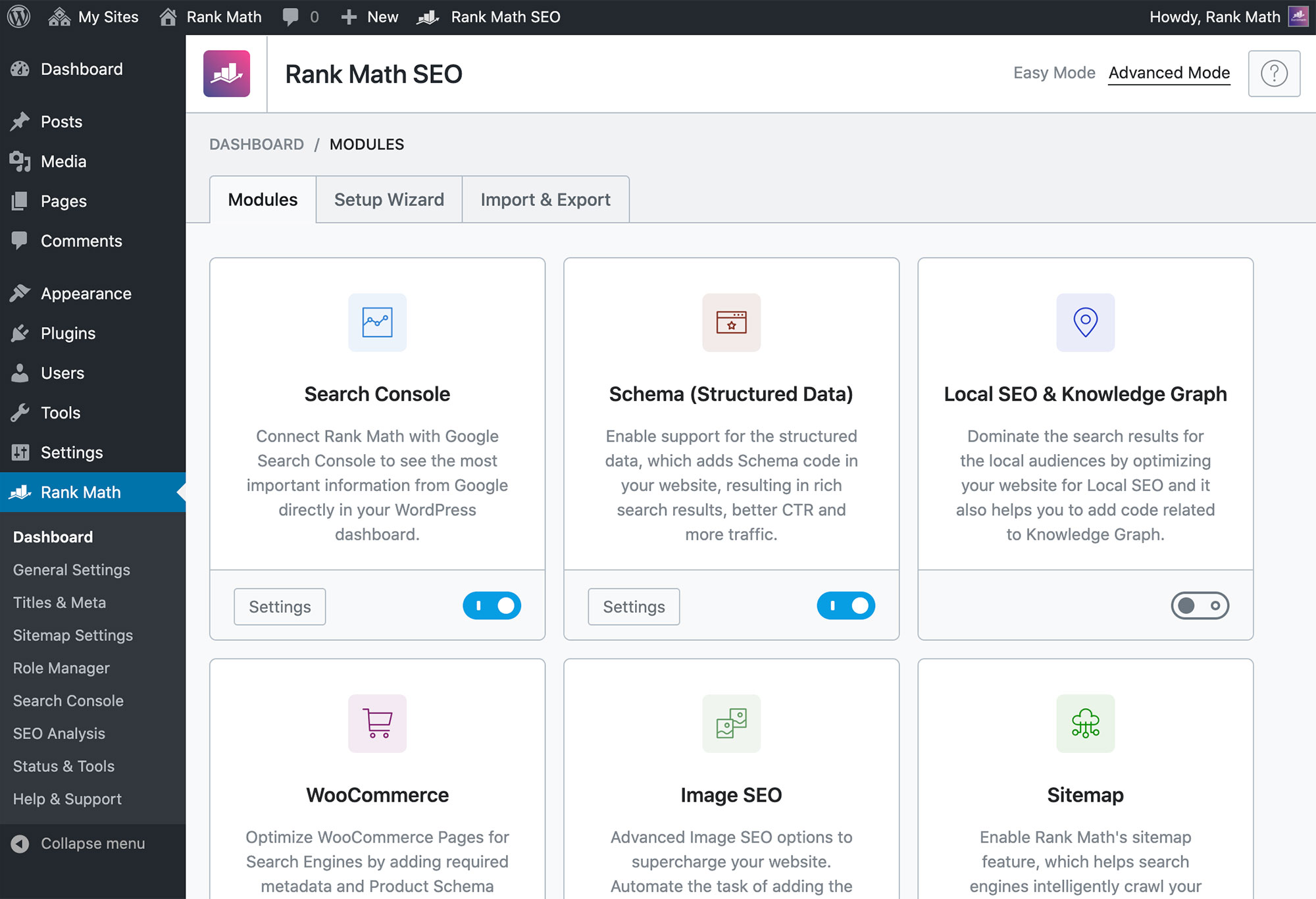In the fast-paced world of digital marketing, staying ahead of the curve is essential.
And when it comes to maximizing your website’s visibility and ranking on search engines, mastering On-Page SEO is the name of the game.
But fear not! Whether you’re a seasoned SEO pro or just dipping your toes into the digital waters, this article is your go-to resource for all things On-Page SEO.
Ready to unlock the secrets to skyrocketing your website’s success in 2024?
Let’s jump in and make this journey to SEO excellence a memorable one🚀
SEO Basics Checklist
Embarking on your journey to SEO success starts with laying a solid foundation, and that’s where the SEO Basics Checklist comes into play.
Let’s break it down step by step.
- Setting up Google Search Console:
- Your Digital Compass: Google Search Console offers invaluable insights into how your website performs in Google’s search results.
- Track Performance: Monitor which keywords are driving traffic to your site and identify any potential issues that may be hindering your visibility.
- Error Detection: Detect and rectify website errors promptly to ensure smooth navigation for both users and search engine crawlers.
- Installing Bing Webmaster Tools:
- Expand Your Reach: While Google dominates the search market, Bing still commands a significant share. Installing Bing Webmaster Tools ensures your site is optimized for both Google and Bing.
- Insightful Tools: Gain access to helpful features like keyword research tools, providing you with additional data to refine your SEO strategy.
- Implementing Google Analytics:
- Understanding Traffic: Google Analytics empowers you to understand where your website traffic is coming from and how users interact with your site.
- Performance Analysis: Identify top-performing pages, track user behavior, and measure the effectiveness of your marketing efforts.
- Informed Decision-Making: Armed with actionable data, you can make informed decisions to optimize your site for better user engagement and conversion.
- Installing Rank Math SEO (WordPress Users Only):
- Streamlined Optimization: Rank Math SEO is a powerful WordPress plugin that streamlines the SEO process.
- Optimize Meta Tags: Easily optimize meta tags, titles, and descriptions to enhance your site’s visibility in search results.
- Generate XML Sitemaps: Automatically generate XML sitemaps to ensure search engines can crawl and index your site efficiently.
- User-Friendly Interface: Rank Math’s intuitive interface makes it easy for WordPress users to implement effective SEO strategies without extensive technical knowledge.
By following these steps and implementing the SEO Basics Checklist, you’re laying a strong foundation for your website’s SEO success.
From tracking performance and expanding your reach to optimizing your site for maximum visibility, these fundamental practices will set you on the path to achieving your SEO goals.
Read Also: WHAT IS SEO AND HOW DOES IT WORK?
Keyword Research Checklist
Let’s explore a comprehensive Keyword Research Checklist designed to uncover valuable insights and optimize your content strategy for success.
- Discovering Long Tail Keywords with “Google Suggest”:
- Tap into Google’s Suggestions: Utilize Google’s autocomplete feature to uncover long tail keywords that users frequently search for.
- Real-Time Insights: Google Suggest provides real-time suggestions based on popular search queries, offering valuable insights into user intent.
- Finding Solid Keywords in the Google Keyword Planner:
- Official Keyword Research Tool: Access Google’s official keyword research tool, the Google Keyword Planner, to discover relevant keywords for your niche.
- Data Accuracy: Benefit from accurate keyword data sourced directly from Google, ensuring the reliability of your keyword research efforts.
- Tapping into Online Communities:
- Community Insights: Engage with online communities such as Reddit, Quora, and forums to identify trending topics and keywords within your industry.
- User-Generated Content: Leverage user-generated content to uncover niche-specific keywords and address common pain points faced by your target audience.
- Identifying Low Competition Keywords with KWFinder:
- Comprehensive Keyword Analysis: Leverage KWFinder’s comprehensive keyword analysis tools to identify low competition keywords with high search volume.
- Data-Rich Insights: Access valuable data on search volume, keyword difficulty, CPC, and trends to prioritize keywords that offer the greatest potential for ranking success.
- Finding “Question Keywords” with Answer The Public:
- Addressing User Queries: Leverage Answer The Public to discover question-based keywords that reflect the specific queries and concerns of your target audience.
- Content Inspiration: Use question keywords as inspiration for creating informative, solution-oriented content that directly addresses user inquiries and enhances your site’s relevance and authority.
By following this Keyword Research Checklist, you’ll be equipped with the necessary tools and strategies to identify relevant keywords, understand user intent, and optimize your content effectively for improved search visibility and engagement.
On-Page SEO Checklist
Now it’s time to optimize your content using a handful of tested on-page SEO techniques.
- Including the Keyword in the URL:
- Ensure your URL contains the targeted keyword to convey the page’s relevance to search engines and users.
- Using Short URLs:
- Opt for concise URLs, as they tend to perform better in search results and improve user experience.
- Front-Loading the Keyword in the Title Tag:
- Place the keyword towards the beginning of your title tag to optimize its visibility and relevance.
- Embedding Title Tag Modifiers:
- Enhance your title tag with descriptive modifiers to capture a wider range of relevant search queries.
- Using the Keyword in the First 150 Words:
- Integrate the keyword naturally within the introductory content to signal its importance to search engines.
- Using the Keyword in H1, H2, or H3 Tags:
- Employ heading tags to structure your content and include the keyword for improved semantic relevance.
- Optimizing Images:
- Utilize descriptive filenames and alt tags for images to enhance accessibility and keyword association.
- Using Synonyms and LSI Keywords:
- Diversify your content by incorporating synonyms and related keywords to broaden its semantic relevance.
- Using External Links:
- Reference authoritative external sources to enrich your content and demonstrate credibility to search engines.
- Using Internal Links:
- Establish connections between relevant pages on your website through internal links to enhance navigation and SEO coherence.
Technical SEO Checklist
Technical SEO can make or break your rankings. Fortunately, fixing technical SEO problems isn’t that hard… especially if you follow the items on this checklist.
- Identifying Crawl Errors:
- Detect and resolve crawl errors to ensure search engines can effectively index your website’s pages.
- Viewing Pages from Google’s Perspective:
- Utilize tools like Google Search Console to inspect how search engines view and interpret your website’s content.
- Ensuring Mobile-Friendliness:
- Optimize your website for mobile devices to enhance user experience and align with Google’s mobile-first indexing.
- Fixing Broken Links:
- Address broken links promptly to maintain a seamless browsing experience for users and preserve search engine credibility.
- Securing the Site with HTTPS:
- Implement HTTPS encryption to safeguard user data and improve search engine rankings through Google’s HTTPS ranking signal.
- Checking the Site’s Loading Speed:
- Assess and optimize your website’s loading speed to enhance user satisfaction, reduce bounce rates, and improve search engine performance.
Content Checklist
- Creating Amazing Content using “The Skyscraper Technique“:
- Elevate your content quality by adopting the Skyscraper Technique, focusing on surpassing existing content in your niche.
- Chunking Content to Maximize Readability:
- Enhance readability by breaking down content into digestible chunks, facilitating better user engagement and understanding.
- Covering the Page’s Topic In-Depth:
- Delve deep into your content topics, providing comprehensive coverage that offers significant value to readers.
- Using Schema Markup:
- Implement schema markup to enhance search engine understanding of your content, potentially leading to improved visibility in search results.
- Focusing on Content Formats That Work:
- Prioritize content formats proven to be effective, such as expert-written articles, original research, case studies, and evergreen content.
- Using Multimedia:
- Enrich your content with multimedia elements like images, charts, infographics, videos, and interactive elements to enhance engagement and appeal to diverse audiences.
Link Building Checklist
When it comes to On-Page SEO, link building is KEY.
In fact, Google has confirmed that backlinks are one of their “Top 5” ranking signals.
Unfortunately, building links isn’t easy (that’s why most other On-Page SEO checklists skip this step).
- Building Powerful Backlinks with Guest Posting:
- Establish authority and build quality backlinks by contributing guest posts to reputable websites within your industry.
- Reversing Competitor’s Backlinks:
- Identify and replicate backlink sources of competitors to leverage existing opportunities and strengthen your own backlink profile.
- Building Contextual Backlinks with Link Roundups:
- Secure contextual backlinks by getting featured in link roundups and curated lists within your niche, enhancing your site’s visibility and credibility.
- Becoming a Podcast Guest:
- Expand your reach and acquire backlinks by appearing as a guest on podcasts relevant to your expertise or industry.
- Mentioning Influencers in Blog Posts:
- Foster relationships with influencers by mentioning them in your blog posts, potentially leading to backlinks and increased exposure within their networks.
SEO Tips and Tricks
Now that you’ve got the basics down, let me walk you through a handful of advanced SEO tips and techniques to let you “GO Big Or Go Home“.
- Optimizing the Site for Click-Through-Rate:
- Enhance your site’s CTR by crafting compelling meta titles and descriptions, attracting more clicks from search engine users.
- Limiting Website Downtime:
- Ensure minimal website downtime to maintain user experience and prevent negative impacts on SEO rankings and site reputation.
- Deleting “Dead Weight” Pages:
- Improve site performance and SEO by removing or redirecting low-quality or outdated pages that offer little value to users.
- Improving the Site’s Dwell Time:
- Increase user engagement and session duration on your site by providing valuable content and intuitive navigation, signaling quality to search engines.
- Updating and Relaunching Outdated Content:
- Revitalize existing content by updating information, improving formatting, and adding multimedia elements to maintain relevance and attract new traffic.
In conclusion
Mastering SEO is game changer for online success in 2024.
This checklist covers everything from basics to advanced techniques, ensuring your website stays ahead.
Take action now to optimize your site and achieve your business goals.
Ready to boost your SEO? Contact me today to Boost your website’s performance.














